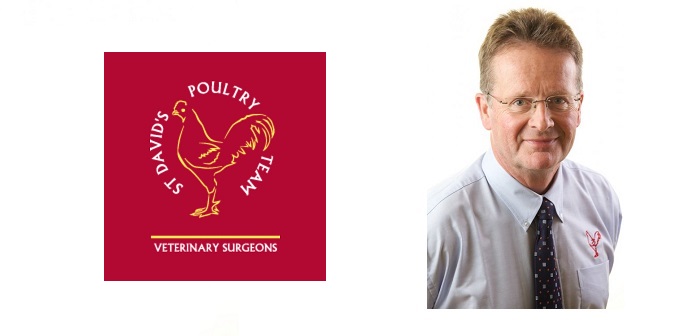By Richard Turner MA Vet MB, MRCVS
Probiotics are a wide category of bacteria which work in a number of different ways in animals. There is often a lot of confusion around the subject, leading to a number of different claims. However, due to the recent research in both animals and humans, we now have a better understanding of their interaction with the microbiome and probiotics have been used as a component in a range of solutions and protocols to replace the routine use of antibiotics.
Most probiotics are a single species of bacteria whereas competitive exclusion products, such as Aviguard, are multiple species designed to colonise the intestines. Probiotics usually do not colonise and have a short life in the animal. Some probiotics stimulate the animal’s immune system, whilst others act by helping the development of the gut environment and hence lead to the multiplication of other bacteria we wish to promote. Probiotic bacteria might compete with unwanted bacteria for sites on the intestinal wall and can also produce chemicals which have a damaging effect on other bacteria. There is a complex interaction between the gut flora and the host cells so it is essential to choose the most appropriate bacterial probiotic for the animal species.
Most probiotics are lactobacillus types. One example is Biacton which is Lactobacillus farciminis and is known to produce large amounts of lactic acid and has a powerful impact in the gut. This results in the composition of the microbiota to alter in an acidogenic direction and hence the chemical environment of the intestines. Lactic acid is used by other bacteria to produce butyrates, which are recognised as stimulating the gut immune system, intestinal integrity and have an anti-salmonella affect. Biacton bacteria are best given in the first 10-14 days of life when the gut flora is developing but it also has a role when there has been stresses, changes in rations and a disrupted intestinal microbiome.
On the other hand, a probiotic such as ZooLac contains a special strain of Lactobacillus acidophilus. This is a novel bacterial product which during its fermentation produced mucopolysaccharides which act to prevent bacterial binding to the intestinal cell walls. It is actually recognised as a feed ingredient and therefore easy to add to a ration.
Both of these products can be administered in water or in feed or they are also been used added to gel within broiler hatcheries. In a world where we are trying to keep antibiotics and use them selectively in more severe diseases, probiotics have an interesting role both in trying to prevent some diseases developing and also in aiding rapid recovery.


